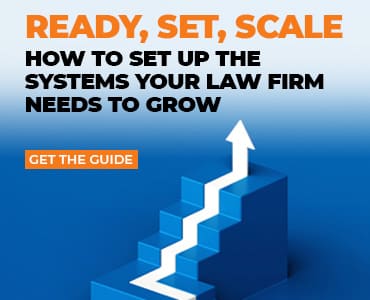Attorneys frequently ignore this basic journalism rule: Start with your strongest point. Your lead or “lede” should entice the reader to continue reading. The phrase “bury the lede” appears to be the only use of this alternate spelling.
Perhaps your jurisdiction has rules or customs that require you to present information in briefs in a certain way or in a certain order. That might include sections for identification of parties, statement of facts, or itemization of damages. Within those confines for legal briefs, as well as in articles and letters, you can write better when you don’t bury the lede.
Don’t Tell the Story Chronologically
A well-written statement of facts, like the ideal opening statement, will prompt the reader to anticipate and affirm the writer’s legal conclusion. Writers find it natural to relate events in the order they happened. But this method often forces the reader to wade through (at best) secondary information before reaching the critical fact, the tipping point that puts the reader on the writer’s side.
Here is a sample lede:
“An improperly installed shelf toppled and struck Plaintiff’s shoulder as she attempted to add a lamp to her cart at the Wonderful Warehouse Store.”
Or how about:
“Plaintiff claims personal injuries as a result of pulling a shelf down on herself in the Wonderful Warehouse Store.”
How much more effective are those ledes compared to:
“On September 18, at approximately 4:30 p.m., Plaintiff entered the Wonderful Warehouse Store accompanied by her eight-year-old son.”
The shelf coming down wasn’t the first event. In fact, it was in the middle of a sequence of events. The stronger lede sets the stage for everything else the lawyer wants to say. The writer can go on to recount all the other relevant facts. But the lede establishes what the case is about and sets the tone for the sentences that follow.
The Lawyer Stuff
Remember the IRAC method from law school? First state the ISSUE, state the applicable RULE, discuss APPLICATION of the rule to the facts at hand, and finally state the CONCLUSION. Your day-to-day writing may not hinge on legal interpretation, but IRAC is still a good rule to follow in any memorandum of law.
Avoid Introductions
Whether it’s a statement of facts or memorandum of law, many writers put the lede in the second paragraph. Editors also regularly see the result of this habit in legal articles. A legal article recently circulating on the internet began with two(!) paragraphs telling the reader what the article was not about. Yawn.
When you revise your first draft, take out the first paragraph, and see if that produces a stronger opening. You may need to do this a couple times. Perhaps you can use those sentences further on, but often they are best deleted. Why? Because you used the “tell them what you’re going to tell them, tell it, then tell them what you told them” approach. That works well for speeches. For legal writing, it can be redundant and wreak havoc with your ability to observe page limitations. Repetitive argument is not persuasive; rather it suggests the writer has nothing more substantive to say.
Boil It Down
If you could write only one sentence about your case, what would it be? Presumably, you have included that sentence in your work product. Make sure it’s the lede.
Illustration ©iStockPhoto.com
















